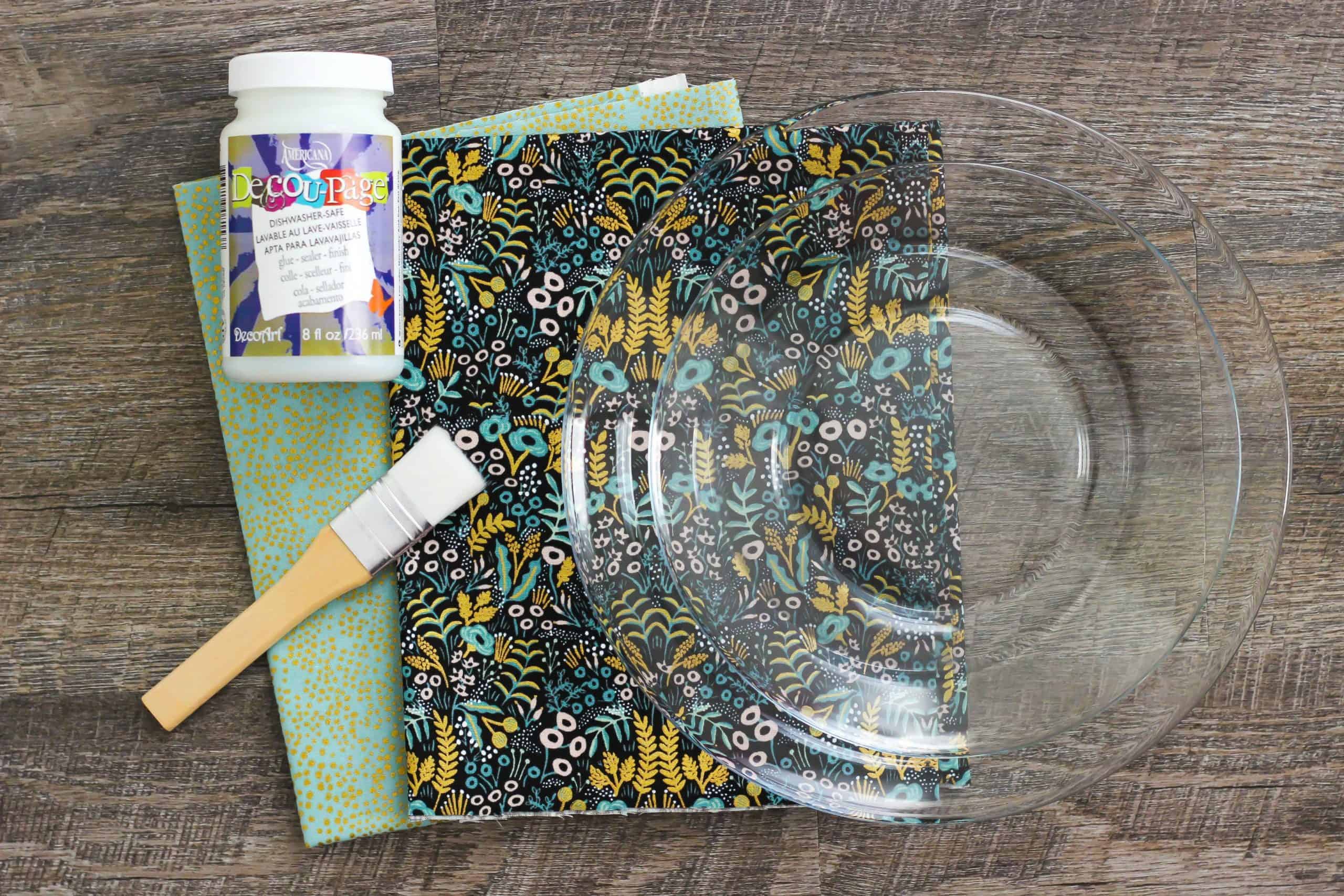Applying the Paper to the Glass Doors

Applying paper to glass cabinet doors can dramatically change their look, adding personality and style to your kitchen or living space. The key to success lies in choosing the right adhesive and mastering a smooth application technique to avoid unsightly bubbles and wrinkles. This section will guide you through the various methods and best practices for achieving a professional finish.
How to cover glass cabinet doors with paper – Several methods exist for adhering paper to glass, each with its advantages and disadvantages. The best choice depends on the type of paper you’re using and your personal preference.
Adhesive Application Methods
Three primary methods are commonly used: adhesive sprays, pastes, and tapes. Each offers a unique approach to securing the paper to the glass surface. Consider the characteristics of each before making your selection.
- Adhesive Spray: This method offers excellent control and even coverage, particularly useful for larger surfaces and delicate papers. However, it requires a well-ventilated area due to potential fumes and careful application to prevent overspray. A light, even mist is key to avoid soaking the paper and causing it to wrinkle.
- Adhesive Paste: Pastes provide strong adhesion and are often preferred for thicker papers or wallpapers. They allow for adjustments during application but require more cleanup and can be messier than sprays. Applying a thin, even layer is crucial to avoid creating lumps under the paper.
- Tapes: Tapes, such as double-sided tape or removable adhesive tapes, offer convenience and easy removal. They are best suited for smaller projects or for papers that don’t require strong adhesion. However, achieving a completely smooth, wrinkle-free finish can be challenging with tape, especially on larger areas.
Applying the Paper: A Step-by-Step Guide, How to cover glass cabinet doors with paper
Regardless of your chosen adhesive, careful application is paramount for a professional finish. Follow these steps for optimal results.
- Prepare the Surface: Clean the glass doors thoroughly with a glass cleaner and a lint-free cloth. Ensure the surface is completely dry and free of dust or debris. This step is crucial for ensuring proper adhesion.
- Apply the Adhesive: Apply your chosen adhesive evenly to either the glass or the back of the paper, following the manufacturer’s instructions. For sprays, use light, even coats. For pastes, use a smooth, thin layer. For tapes, apply strips at regular intervals.
- Position the Paper: Carefully position the paper onto the glass, ensuring it’s aligned correctly. For large sheets, work with a partner to avoid wrinkles or misalignments. A smoothing tool, like a squeegee or plastic card, can be extremely helpful.
- Smooth the Paper: Starting from the center, gently smooth out the paper using a squeegee or plastic card, working your way outwards to eliminate air bubbles and wrinkles. Take your time; this is the most critical step in achieving a flawless finish. Apply firm but gentle pressure.
- Trim Excess Paper: Once the paper is completely smooth and adhered, use a sharp utility knife or scissors to carefully trim any excess paper along the edges.
Handling Different Paper Types
The thickness and texture of the paper significantly impact the application process. Different types of paper require slightly different techniques to achieve the best results.
- Decorative Papers: These are often thin and delicate. Adhesive spray is generally preferred for these papers to avoid tearing or wrinkling. Work slowly and carefully, using a light touch.
- Contact Paper: Contact paper is designed for ease of application and often has an adhesive backing. Follow the manufacturer’s instructions carefully. It usually requires smoothing from the center outwards to avoid bubbles.
- Wallpaper: Wallpaper is thicker and can be more challenging to work with. Adhesive paste is generally recommended. Allow the paste to activate slightly before applying the paper to ensure proper adhesion and prevent tearing.
Finishing and Refinements: How To Cover Glass Cabinet Doors With Paper

Once you’ve applied your paper to the glass cabinet doors, the final steps are crucial for achieving a polished and professional look. Careful trimming and a protective sealant will ensure your project lasts and looks great for years to come. This section will guide you through these essential finishing touches.
Trimming Excess Paper
Precise trimming is key to a clean finish. Avoid using scissors directly on the glass, as this could easily scratch the surface. Instead, use a sharp craft knife or utility blade, holding it at a shallow angle to the glass. This allows for precise cuts and minimizes the risk of damage. For intricate cuts around handles or decorative elements, take your time and use a smaller blade for better control. Work slowly and deliberately, making small cuts to gradually remove the excess paper. After trimming, gently wipe away any stray paper fragments using a soft cloth. Consider using a metal ruler as a guide for straight cuts, especially along the edges.
Applying a Protective Sealant
Protecting your paper covering is vital to extend its lifespan and maintain its appearance. A clear sealant, such as a decoupage medium or a water-based varnish, will create a protective barrier against moisture, scratches, and UV damage. Apply the sealant in thin, even coats, allowing each coat to dry completely before applying the next. Follow the manufacturer’s instructions carefully for drying times and the number of coats recommended. A spray-on sealant can provide a more even coat, but ensure adequate ventilation. For a more durable finish, consider using two to three thin coats rather than one thick coat, which may crack or peel over time. Avoid using harsh chemicals or abrasive cleaners on the sealed surface.
